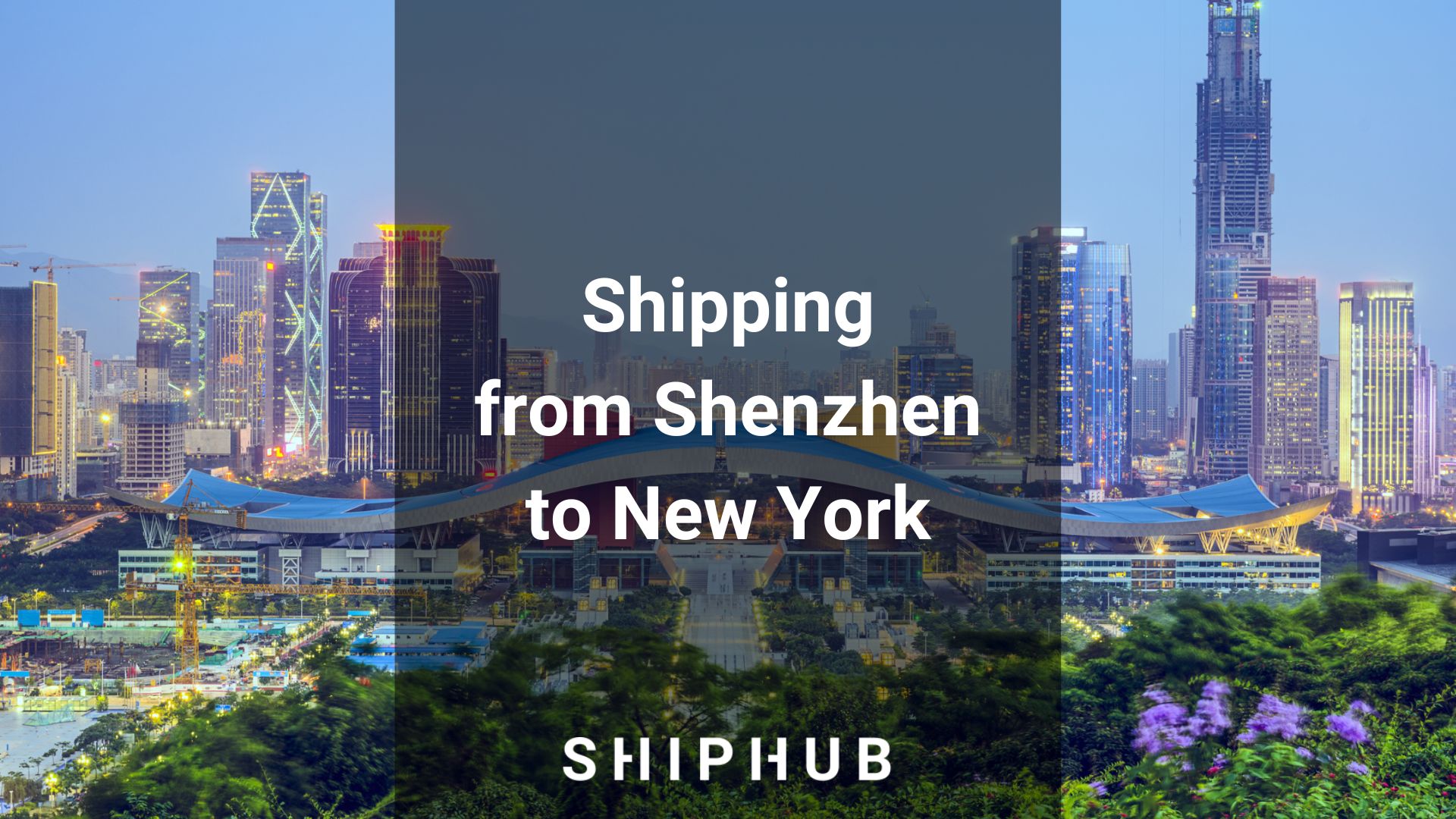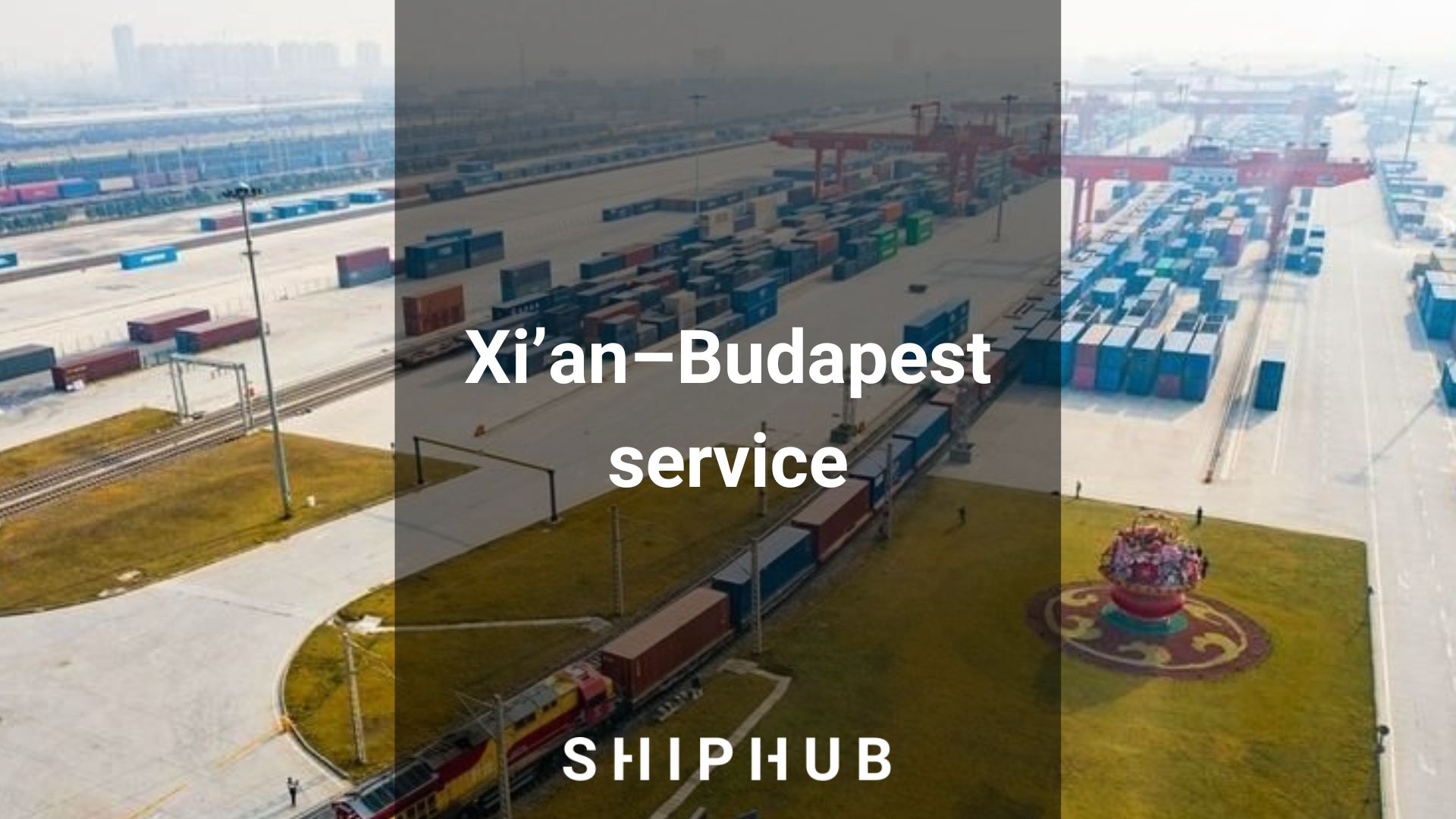The New Int’l Land-Sea Trade Corridor (ILSTC), a part of the Belt and Road Initiative, is a logistic and trade passage with an operational hub in Chongqing. It covers an extensive logistical area, primarily connecting Western China and the Association of Southeast Asian Nations (ASEAN). It shortened the delivery time significantly, not only domestically but also to/from Asia, Africa, and Europe.
New Int’l Land-Sea Trade Corridor
International Land-Sea Trade Corridor (ILSTC, 陆海新通道) has a significant impact on the development of trade, transportation, and the economy of China and Southeast Asia. It focuses on boosting trade in Western China, such as Chongqing city, Guangxi, Guizhou, Gansu, Qinghai, Xinjiang, Yunnan, Sichuan, Ningxia, and Shaanxi provinces.

It was launched in 2015 as a part of the Belt and Road Initiative. It enabled to ship fresh produce (seafood, meat, and fruits) from ASEAN countries (Brunei, Cambodia, Indonesia, Laos, Malaysia, Myanmar, Philippines, Singapore, Thailand, and Vietnam) to China and spare parts & cars from China to the ASEAN market. Since launching, it has boosted trade not only with ASEAN, but also with Africa and Europe.
The International Land-Sea Trade Corridor involves
- road freight services
- rail freight
- air freight
- sea freight
- over 330 ports in 113 countries.
One of the most important transportation modes in ILSTC is intermodal transportation. For example, in March 2023, the number of sea-rail intermodal trains in the New Int’l Land-Sea Corridor exceeded 25,000.
The ILSTC enables to
- develop the regional economy and improve the efficiency of logistics services
- strengthen Chongqing’s position as an international hub
- improve the level of customs clearance facilitation; cut down the time needed for an inward container to come in for a half a day
- reduce the overall logistics cost
- access the major logistics nodes in Singapore and the ASEAN/EU regions via the Guangxi Beibu Gulf port
- ship goods to Singapore via the shortest route
- deliver goods to countries such as Thailand in 20 days
- deliver goods to Africa (countries such as Nigeria and Mozambique) in 40 days instead of 50, thanks to the strategic cooperation between the New Land-sea Corridor Operation Co., Ltd. and the Pacific International Lines (PIL).
Photo: Xinhua/Zhang Ailin





